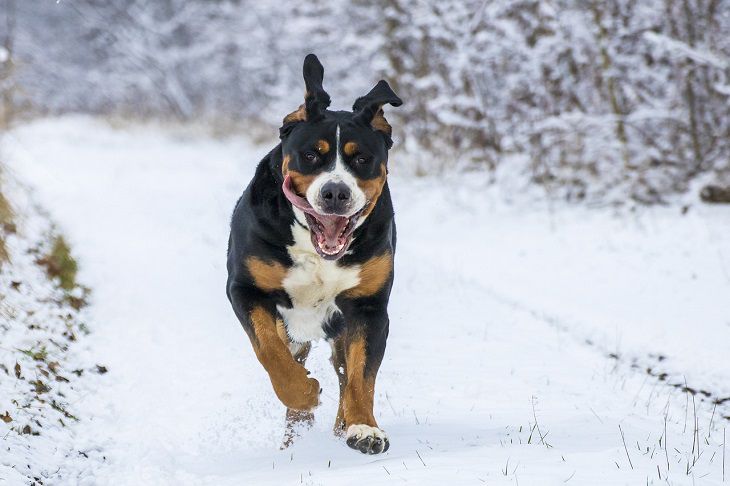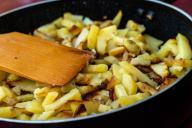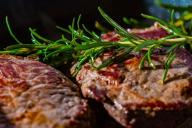Large dog breeds need more food, and they can't eat just anything - dogs require specific nutrients and components in their diet.
Proper dog diet makes your pet healthy, energetic, and long-living - and every pet owner wants that for their pet friend!
Here are a few tips on how you should feed large dogs.

Meal Frequency and Portion Control
Feed your large dog twice a day. This helps in preventing issues like bloating, which can be a concern for larger breeds.
Control portion sizes to avoid overeating and obesity. Your vet can guide you on the right amount based on your dog's specific needs.
Choosing the Right Dog Food
Opt for high-quality dog food formulated for large breeds. Look for labels that specify "large breed" or "giant breed."
Check the ingredient list for meat sources like chicken, beef, or fish. Avoid fillers like corn or soy.
Protein Content
Large dogs need a good amount of protein for muscle development and maintenance.
Aim for dog foods with at least 20-30% protein content. This helps keep your dog strong and active.
Fat Content
While fat is an essential part of the diet, excessive fat can lead to obesity.
Choose dog food with a moderate fat content (around 10-15%). Healthy fats support your dog's skin, coat, and overall well-being.
Carbohydrates for Energy
Look for dog food that includes whole grains like brown rice, oats, or sweet potatoes. These provide a steady energy source.
Carbohydrates also contribute to digestive health.
Healthy Treats
Select treats with nutritional value. Avoid those high in sugars and unhealthy additives.
Consider treats that serve a dual purpose, such as dental treats that promote oral health.
Hydration
Provide access to clean, fresh water at all times. Large dogs can easily become dehydrated, especially after physical activity.













